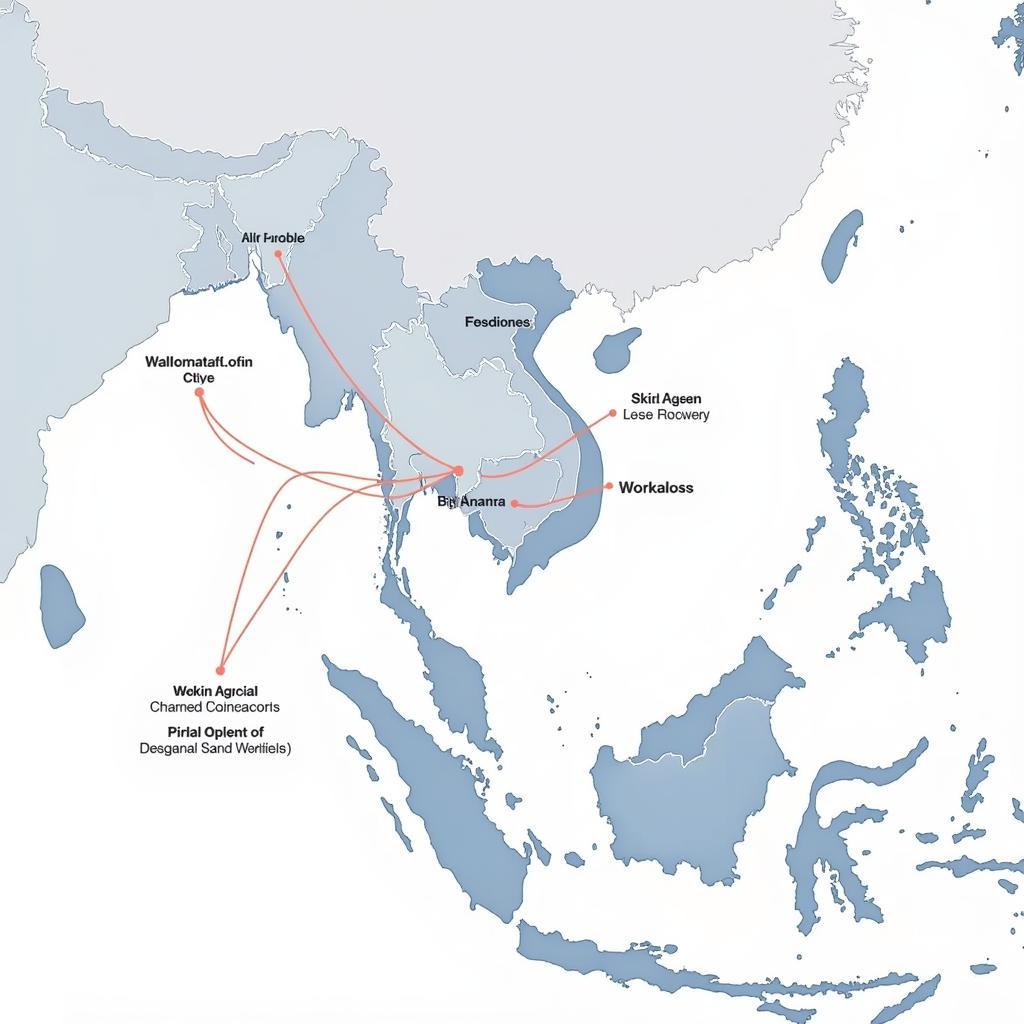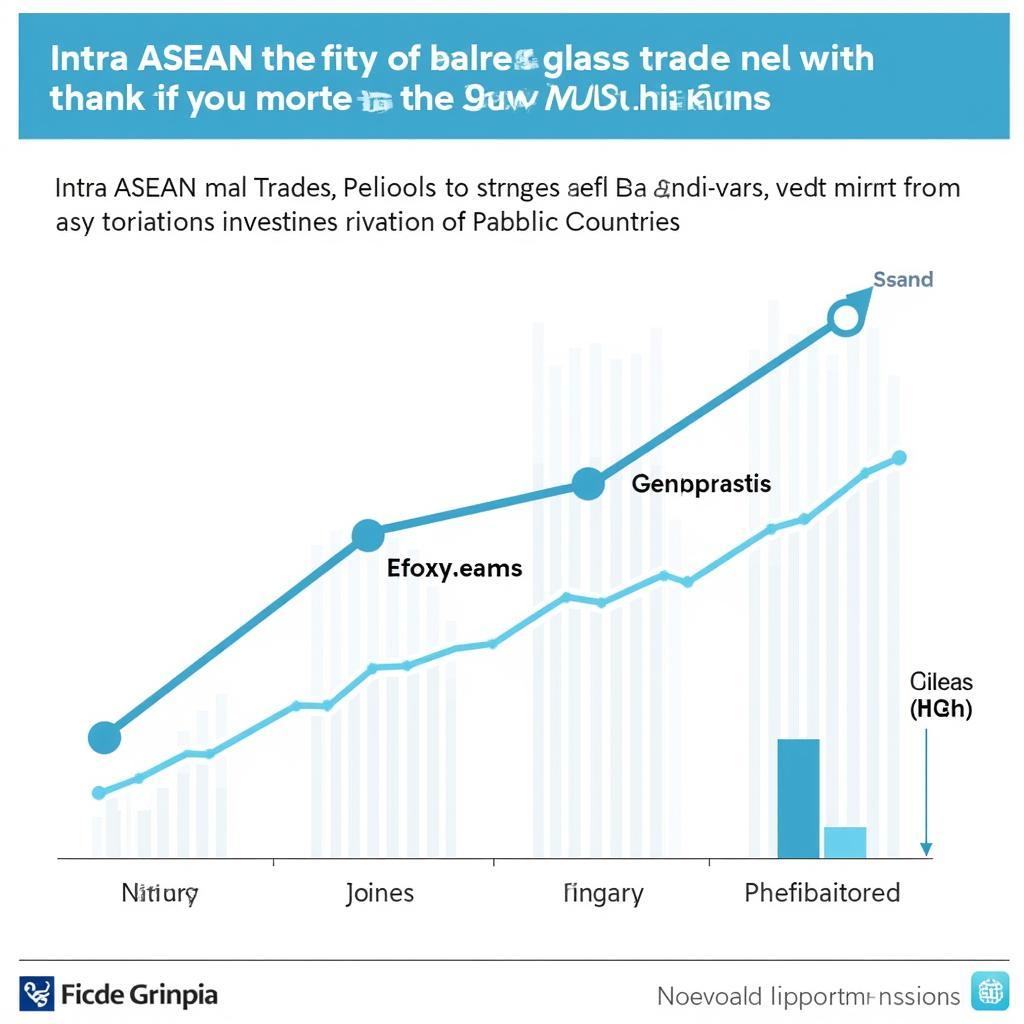The ASEAN semiconductor industry is experiencing rapid growth, fueled by increasing demand for electronics and rising investments in advanced technologies. The region’s strategic location, skilled workforce, and supportive government policies are attracting global semiconductor players, positioning ASEAN as a key player in the global supply chain.
ASEAN’s Semiconductor Industry: A Look at the Key Drivers
Strategic Location and Access to Key Markets: ASEAN’s strategic location in Southeast Asia provides easy access to major electronics markets in Asia, Europe, and North America. This proximity reduces transportation costs and lead times, making the region an attractive hub for semiconductor manufacturing and distribution.
Skilled Workforce and Talent Pool: ASEAN boasts a young and growing population with a strong educational system, providing a steady stream of skilled engineers and technicians for the semiconductor industry. The region’s universities and research institutions are actively developing talent pipelines and fostering innovation in the field.
Government Support and Investment: Governments across ASEAN are actively promoting the semiconductor industry through incentives, subsidies, and targeted investment programs. These initiatives encourage foreign investment, support domestic companies, and foster a conducive environment for technological advancement.
Emerging Technologies and Innovation: ASEAN countries are actively investing in research and development, focusing on emerging technologies like 5G, artificial intelligence (AI), and Internet of Things (IoT). This drive for innovation is attracting global semiconductor companies to partner with ASEAN entities, developing next-generation technologies for the region and beyond.
Key Players and Major Developments in the ASEAN Semiconductor Industry
Singapore: Singapore has established itself as a leading semiconductor hub in ASEAN, attracting global players like Intel, GlobalFoundries, and Micron. The country has developed a robust ecosystem for research, development, and manufacturing, supporting the growth of the industry.
Malaysia: Malaysia has emerged as a major player in semiconductor manufacturing, particularly in packaging and testing. The country has attracted investments from companies like Infineon Technologies, NXP Semiconductors, and STMicroelectronics.
Thailand: Thailand’s automotive and electronics industries are driving growth in the semiconductor sector. The country has attracted investments from companies like Texas Instruments, Renesas Electronics, and Maxim Integrated Products.
Philippines: The Philippines is emerging as a significant player in semiconductor manufacturing, particularly in chip design and assembly. The country’s strong IT industry and skilled workforce are supporting the growth of the sector.
Vietnam: Vietnam is experiencing rapid growth in the semiconductor industry, attracting investments from companies like Samsung, Intel, and Qualcomm. The country’s low labor costs and government support are driving the industry’s development.
ASEAN Semiconductor Industry Trends:
- Growth in Demand for Electronics: The increasing demand for electronics in ASEAN is driving the growth of the semiconductor industry.
- Rising Investment in Advanced Technologies: ASEAN countries are investing heavily in research and development, focusing on emerging technologies like 5G, AI, and IoT.
- Development of Semiconductor Ecosystems: ASEAN countries are working to develop comprehensive ecosystems that support the semiconductor industry, including research institutions, universities, and training programs.
- Government Support and Incentives: Governments across ASEAN are actively promoting the semiconductor industry through incentives, subsidies, and targeted investment programs.
Challenges and Opportunities in the ASEAN Semiconductor Industry
Challenges:
- Competition from other regions: ASEAN faces competition from established semiconductor hubs in Asia and other parts of the world.
- Talent shortage: The demand for skilled engineers and technicians is high, leading to a talent shortage in some areas.
- Infrastructure development: ASEAN countries need to invest in infrastructure development to support the growth of the semiconductor industry.
Opportunities:
- Growth in electronics demand: The increasing demand for electronics in ASEAN presents a significant opportunity for the semiconductor industry.
- Government support: Governments across ASEAN are committed to supporting the growth of the semiconductor industry.
- Access to key markets: ASEAN’s strategic location provides easy access to major electronics markets in Asia, Europe, and North America.
Expert Opinion:
“The ASEAN semiconductor industry is poised for significant growth in the coming years,” says Dr. John Lee, a semiconductor expert at the University of Singapore. “The region’s strategic location, skilled workforce, and government support are all contributing to its rise as a global player.”
Conclusion
The ASEAN semiconductor industry is a rising star in the global landscape, fueled by increasing demand for electronics, rising investments in advanced technologies, and supportive government policies. The region’s strategic location, skilled workforce, and commitment to innovation position ASEAN as a key player in the global semiconductor supply chain. As the industry continues to grow, ASEAN is well-positioned to capitalize on the opportunities ahead, making significant contributions to the global semiconductor industry.


